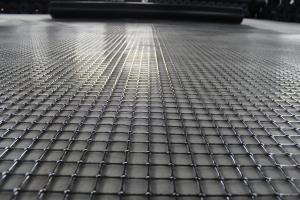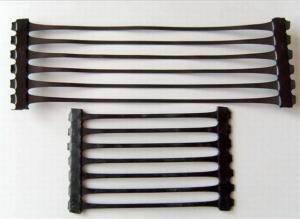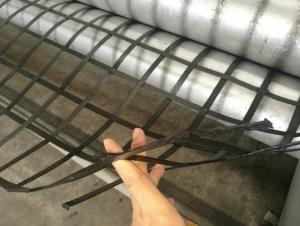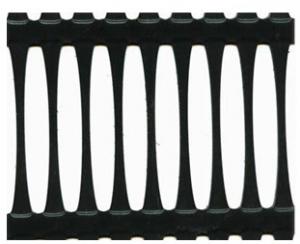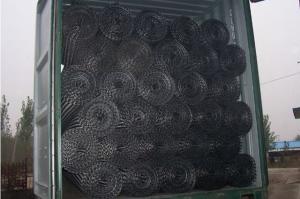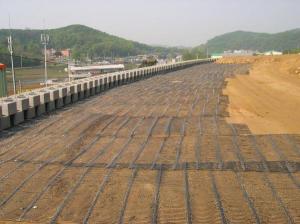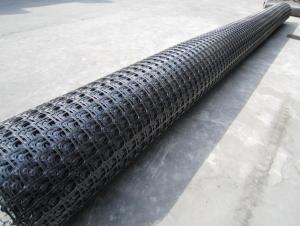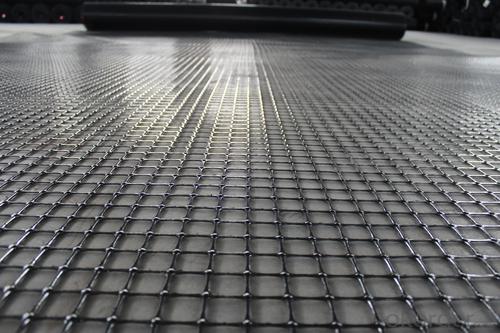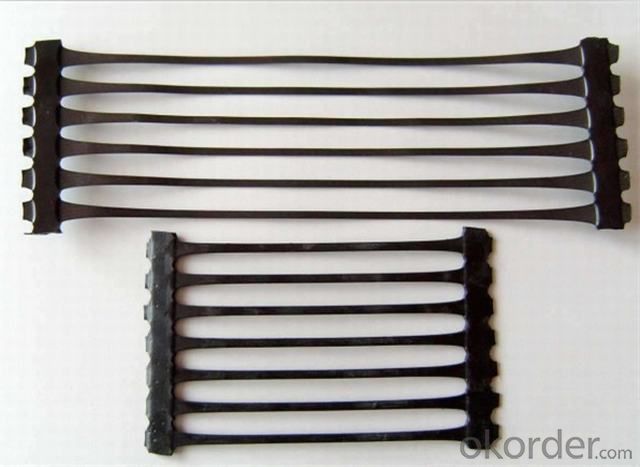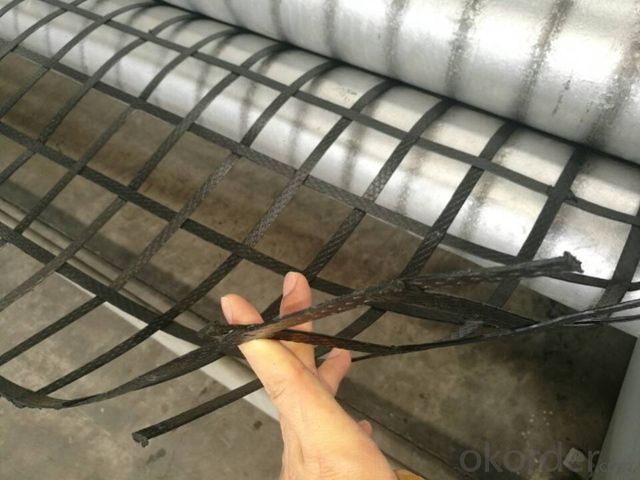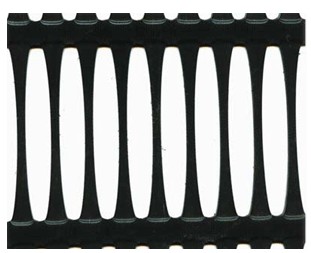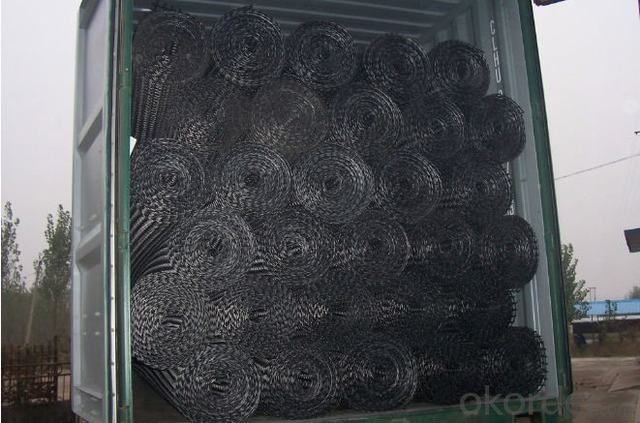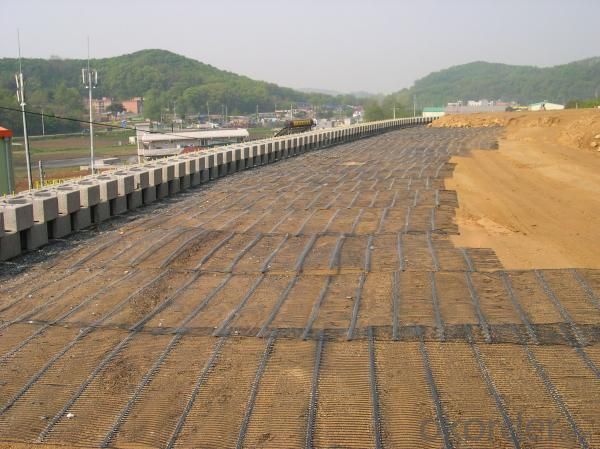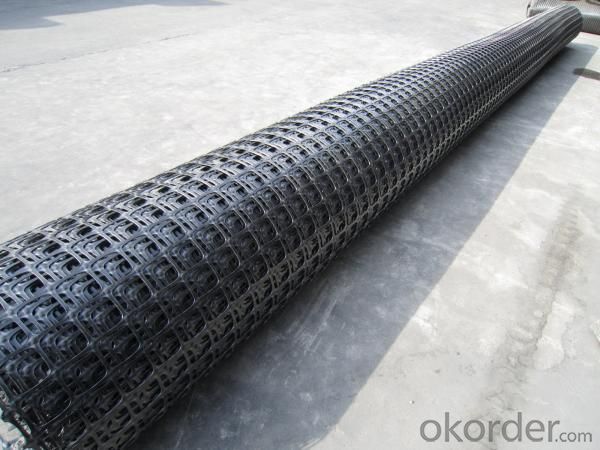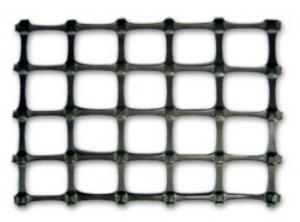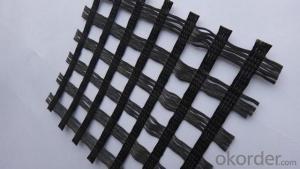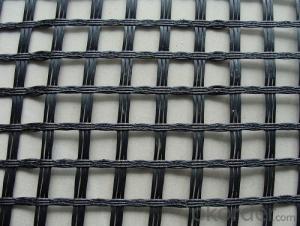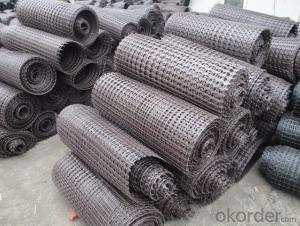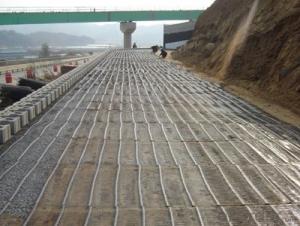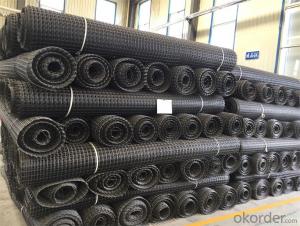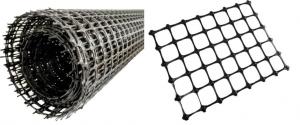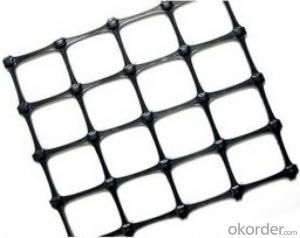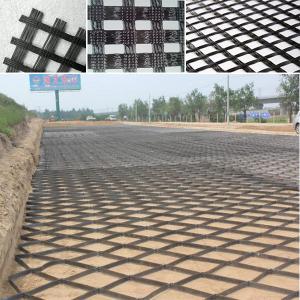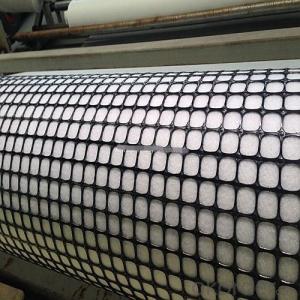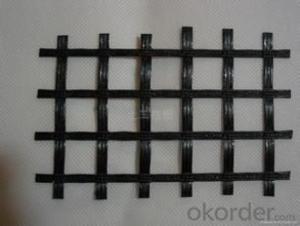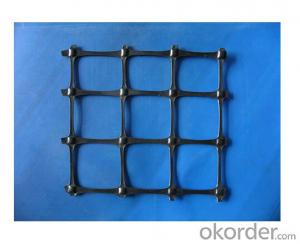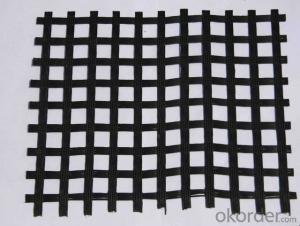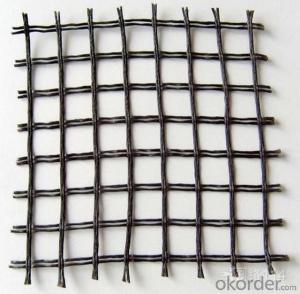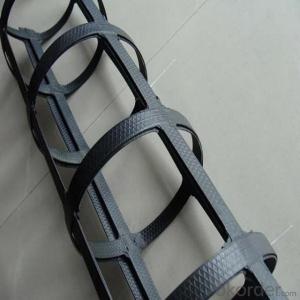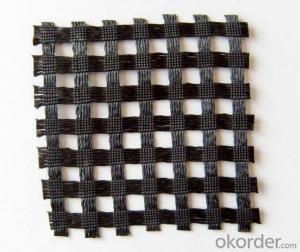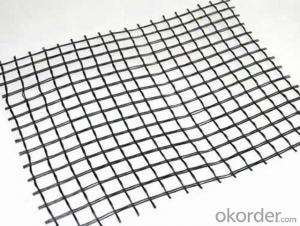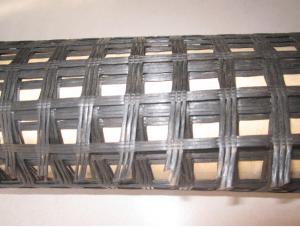High Quality PP Biaxial Geogrid 30KN/30KN for Civil Engineering Project
- Loading Port:
- Tianjin
- Payment Terms:
- TT or L/C
- Min Order Qty:
- 20000 m²
- Supply Capability:
- 100000 m²/month
OKorder Service Pledge
OKorder Financial Service
You Might Also Like
Introduction of Shandong High Quality PP Biaxial Geogrid 30KN/30KN:
PP Biaxial geogrid is manufactured from polypropylene. It is produced through the process of extruding, punching, heating,
longitudinal stretching and transverse stretching.
Performance of High Quality PP Biaxial Geogrid 30KN/30KN:
---Homogeneous structure, low creep, anti-aging and resisting acid & alkaline.
Applications of High Quality PP Biaxial Geogrid 30KN/30KN:
--Make reinforce treatment for various kinds of soft soil foundation to evenly distribute load stress and reduce uneven settlement,
not easy to generate static electricity, and flammability property good in the coal mine. It is easy to wash coal.
--Used in highway, railway, port, airport and municipal project.
--Support in the recovery working face of coal mine and roadway in the coal mine.
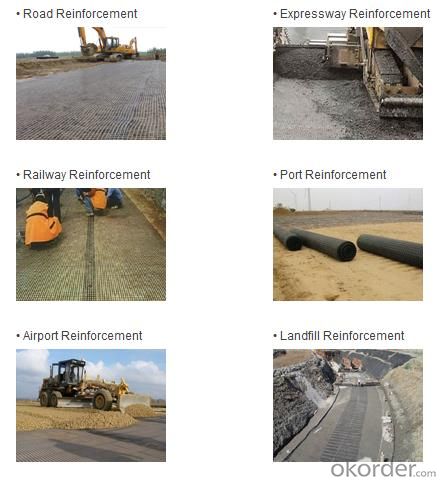
Specifications of High Quality PP Biaxial Geogrid 30KN/30KN:
Index Properties | Test Method | Unit | GG1515 | GG2020 | GG3030 | GG4040 |
MD TD | MD TD | MD TD | MD TD | |||
Polymer | -- | -- | PP | PP | PP | PP |
Minimum Carbon Black | ASTM D 4218 | % | 2 | 2 | 2 | 2 |
Tensile Strength@ 2% Strain | ASTM D 6637 | Kn/m | 5 5 | 7 7 | 10.5 10.5 | 14 14 |
Tensile Strength@ 5% Strain | ASTM D 6637 | Kn/m | 7 7 | 14 14 | 21 21 | 28 28 |
Ultimate Tensile Strength | ASTM D 6637 | Kn/m | 15 15 | 20 20 | 30 30 | 40 40 |
Strain @ Ultimate Strength | ASTM D 6637 | % | 13 10 | 13 10 | 13 10 | 13 10 |
Structural Integrity | ||||||
Junction Efficiency | GRI GG2 | % | 93 | 93 | 93 | 93 |
Flexural Rigidity | ASTM D 1388 | Mg-cm | 700000 | 1000000 | 3500000 | 10000000 |
Aperture Stability | COE Method | mm-N/deg | 646 | 707 | 1432 | 2104 |
Dimensions | ||||||
Roll Width | -- | M | 3.95 | 3.95 | 3.95 | 3.95 |
Roll Length | -- | M | 50 | 50 | 50 | 50 |
Roll Weight | -- | Kg | 39 | 50 | 72 | 105 |
MD denotes Machine direction. TD denotes transverse direction. | ||||||
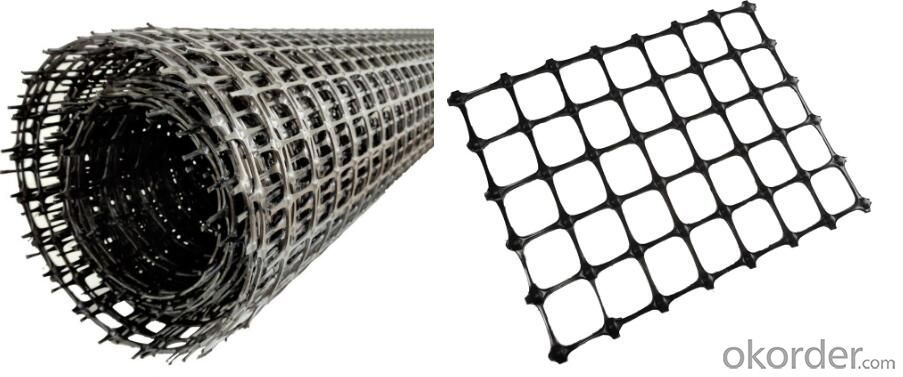
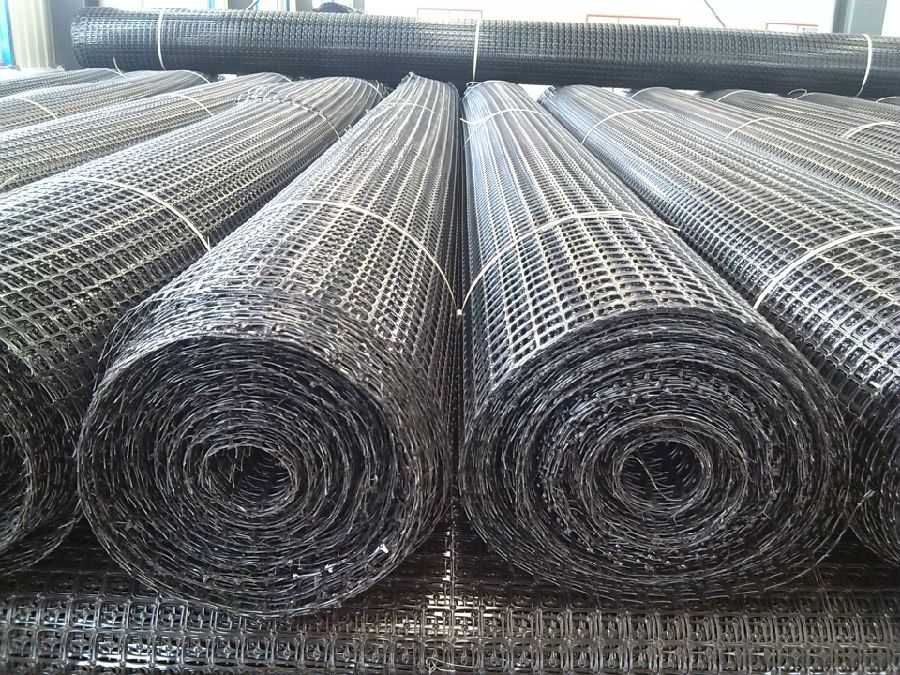
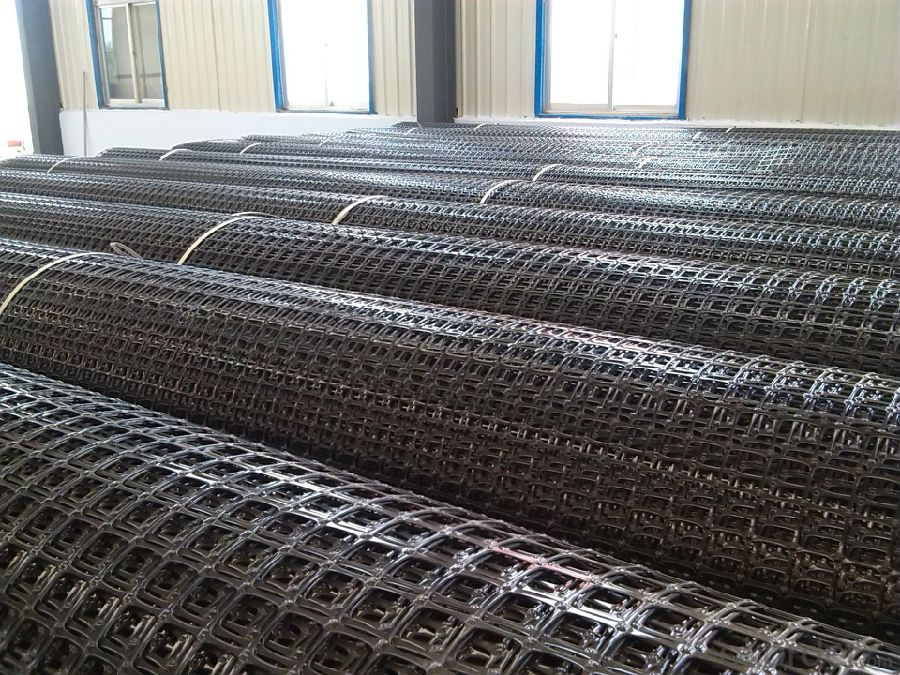
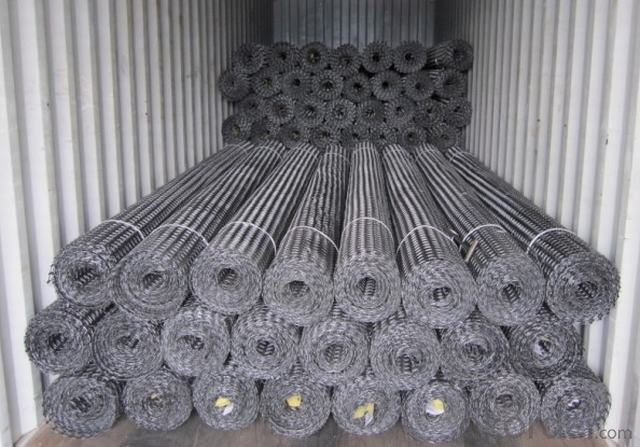
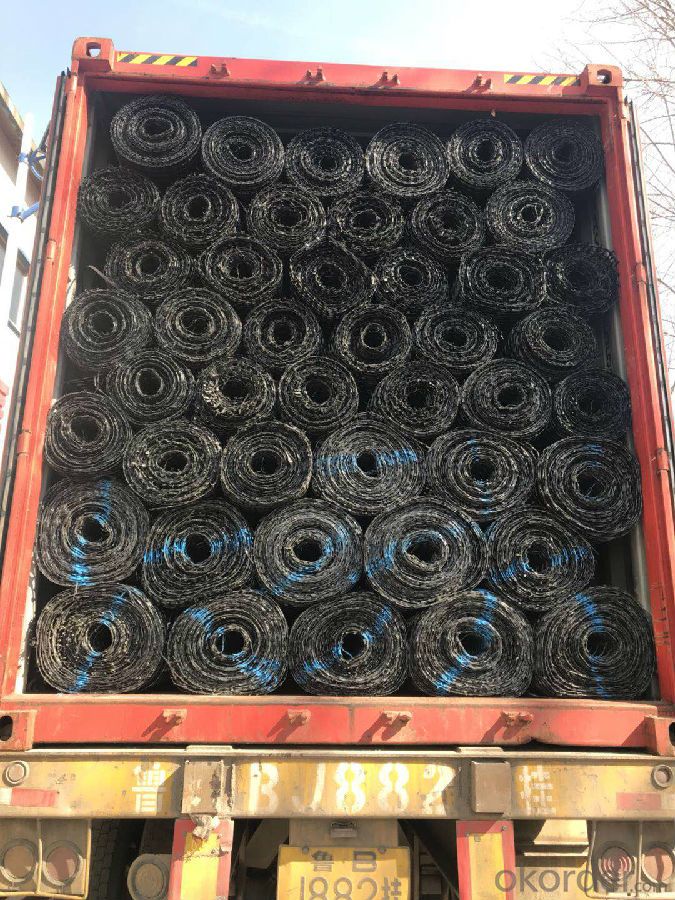
- Q: What are the benefits of using geogrids in construction?
- Geogrids offer numerous benefits in construction, including improved soil stability, enhanced load-bearing capacity, and increased durability of structures. They help to distribute and reinforce loads, reducing the risk of soil settlement and potential damage to the infrastructure. Geogrids also prevent soil erosion, provide effective drainage, and are cost-effective compared to traditional construction methods. Overall, their use in construction improves the longevity and performance of the built environment.
- Q: What is the recommended overlap distance for geogrid seams?
- The recommended overlap distance for geogrid seams is typically around 1 to 2 feet.
- Q: What is the meaning of reinforced subgrade? Is there a geogrid type on the road?
- Yes. But not necessarily the design of geogrid.
- Q: Are geogrids suitable for use in mechanically stabilized bridge abutments?
- Yes, geogrids are suitable for use in mechanically stabilized bridge abutments. Geogrids provide reinforcement and stability to the soil, allowing for increased load-bearing capacity and reduced settlement. They are commonly used in bridge abutments to improve the overall performance and longevity of the structure.
- Q: Can geogrids be used in retaining walls for recreational areas?
- Yes, geogrids can be used in retaining walls for recreational areas. Geogrids are commonly used in retaining walls to reinforce and stabilize the soil, providing additional strength and stability to the structure. This is particularly important in recreational areas where safety is a priority, as geogrids help prevent soil erosion and potential collapse of the retaining wall.
- Q: How do geogrids improve the performance of reinforced soil retaining walls?
- Geogrids improve the performance of reinforced soil retaining walls by adding tensile strength and enhancing stability. They are typically made from high-strength materials such as polyester or polypropylene, which provide reinforcement to the soil mass. When geogrids are incorporated into the retaining wall design, they effectively distribute the applied loads, reducing the stress on the soil and preventing wall failure. Additionally, geogrids increase the overall stiffness of the reinforced soil, minimizing deformation and settlement. This reinforcement technique enables the construction of taller and more structurally sound retaining walls, ensuring long-term stability and improved performance.
- Q: What are the advantages of using geogrids in flexible pavements?
- Geogrids offer several advantages when used in flexible pavements. Firstly, they enhance the strength and stability of the pavement structure by distributing the load over a wider area, reducing the potential for deformation and rutting. Secondly, geogrids improve the overall performance and durability of the pavement by preventing the lateral movement of aggregate particles, thereby reducing rutting, cracking, and surface irregularities. Additionally, these grids help in controlling reflective cracking, which can occur when there are underlying cracks in the pavement layers. Overall, the incorporation of geogrids in flexible pavements results in improved structural integrity, increased lifespan, and reduced maintenance requirements.
- Q: How do geogrids help in reducing the risk of slope instability?
- Geogrids help in reducing the risk of slope instability by providing reinforcement and stability to the soil. They are placed within the soil layers and act as a strengthening element, increasing the soil's resistance to deformation and movement. This helps to distribute the forces exerted by gravity and other external factors more evenly, leading to improved slope stability and reduced risk of slope failure.
- Q: Are geogrids suitable for use in mechanically stabilized embankments?
- Yes, geogrids are suitable for use in mechanically stabilized embankments. Geogrids provide reinforcement and stability to the embankment by distributing lateral forces and reducing soil movement. They improve the overall strength and performance of the embankment, making them an effective solution for stabilizing soil and preventing erosion.
- Q: Three how much is the price of Geogrid
- Modulus, modulus, price range
1. Manufacturer Overview
| Location | Shandong, China |
| Year Established | 1998 |
| Annual Output Value | Above US$ 20 Million |
| Main Markets | 20.00% North America 20.00% South America 10.00% Eastern Europe 10.00% Southeast Asia 10.00% Northern Europe 10.00% South Asia 10.00% Western Europe 5.00% Africa 5.00% Mid East |
| Company Certifications | ISO9001:2008 |
2. Manufacturer Certificates
| a) Certification Name | |
| Range | |
| Reference | |
| Validity Period |
3. Manufacturer Capability
| a) Trade Capacity | |
| Nearest Port | Qingdao Port,China |
| Export Percentage | 41-50% |
| No.of Employees in Trade Department | 5-10 People |
| Language Spoken: | English; Chinese; Russian; Spanish |
| b) Factory Information | |
| Factory Size: | Above 100,000 square meters |
| No. of Production Lines | Above 10 |
| Contract Manufacturing | Design Service Offered; Buyer Label Offered |
| Product Price Range | High; Average |
Send your message to us
High Quality PP Biaxial Geogrid 30KN/30KN for Civil Engineering Project
- Loading Port:
- Tianjin
- Payment Terms:
- TT or L/C
- Min Order Qty:
- 20000 m²
- Supply Capability:
- 100000 m²/month
OKorder Service Pledge
OKorder Financial Service
Similar products
Hot products
Hot Searches
Related keywords
